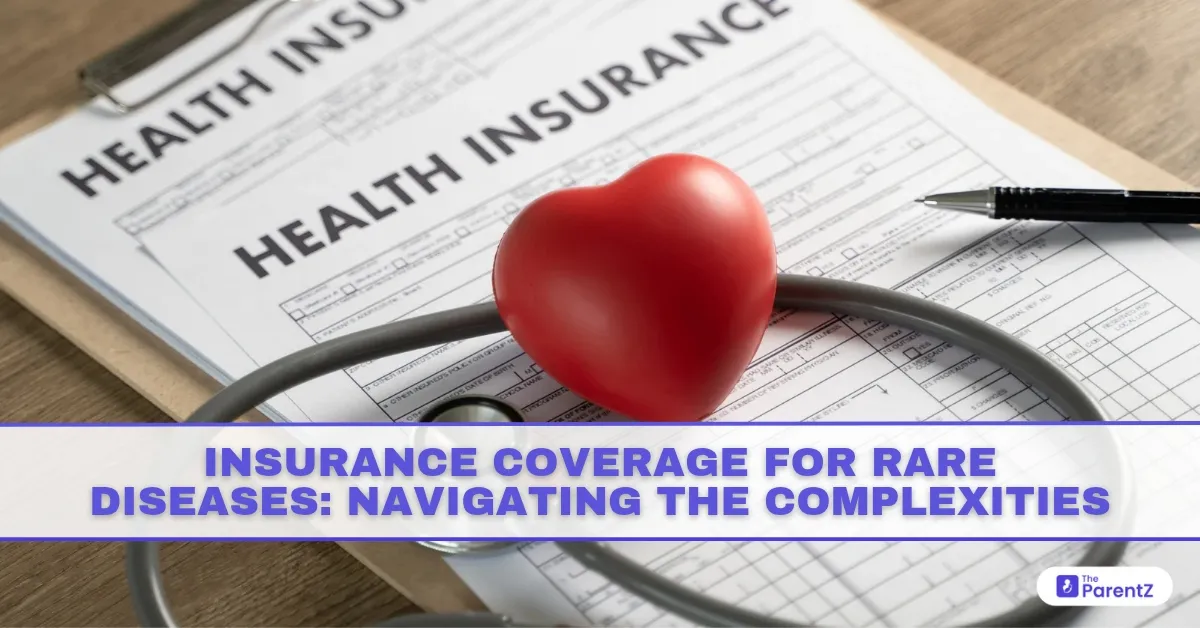With changing lifestyles, an evolving environment, and the constant progression of medicine, we are witnessing a shift not just in disease patterns but also in how we approach health, care, and coverage. Rare diseases, often sidelined in mainstream medical conversations, are gradually finding their voice, thanks to awareness campaigns and patient advocacy. But when it comes to insurance coverage, the road remains riddled with complexities.
Rare diseases, by definition, affect a small percentage of the population. In India, a disease is considered rare if it affects fewer than 1 in 2,500 individuals. Yet, with over 7,000 rare diseases identified globally, the cumulative burden is not so small. Many patients find themselves stuck in a painful loop, not just battling a condition with limited treatment options, but also navigating a healthcare system that often overlooks their financial needs.
The Financial Reality of Living with a Rare Disease
For families dealing with rare diseases, the cost of care can be overwhelming. From frequent hospital visits to advanced diagnostics and off-label drug use, expenses quickly escalate. In many cases, therapies are either experimental or imported, making them even more expensive.
What’s disheartening is that most standard health insurance policies do not cover these costs. Why? Insurance works on the principle of pooled risk and rare diseases, by virtue of their low prevalence but high treatment cost, often fall outside the risk appetite of insurers. This leads to either complete denial of coverage or stringent clauses that make claims difficult.
What the Policies Say and What They Miss
The Indian government has taken steps toward this issue. The National Policy for Rare Diseases (NPRD) 2021 was a major milestone, aiming to provide financial assistance up to Rs. 20 lakhs under the umbrella of crowd-sourced and government-supported funding for certain conditions. However, this doesn’t directly translate into private or public health insurance coverage.
Many private insurers exclude genetic or congenital conditions altogether. Even when some policies mention coverage, the fine print often reveals capped benefits, long waiting periods, or the exclusion of specific drugs not approved by Indian regulatory bodies.
The Emotional Toll of Uncertainty
Behind every rare disease diagnosis is a family grappling not only with the medical side but also with psychological and financial distress. As a health writer and someone who has interacted with patients across varied conditions, I’ve seen how a mother’s hope can waver when a life-saving drug is beyond reach or how a father hesitates to even start treatment, fearing a lifetime of debt.
This emotional toll is often overlooked in policy discussions. Insurance is more than a financial tool; it’s peace of mind, the assurance that you won’t have to choose between survival and solvency.
A Global Perspective
Globally, countries like the US have better-established frameworks for covering rare diseases under Medicaid or specialized insurance plans. The Orphan Drug Act of 1983 incentivized pharmaceutical companies to develop treatments for rare conditions by offering tax breaks and market exclusivity. While India has made progress in terms of orphan drug regulations, insurance coverage still lags.
What Needs to Change?
Policy Reforms: We need more inclusive insurance models that understand the nature of rare diseases. Specialised policies, high-risk pools, or shared government-private schemes can offer better coverage without burdening the system.
Awareness & Advocacy: Patients and caregivers must be empowered with knowledge about their rights and available schemes. Greater awareness will also pressure insurers to reconsider exclusions.
Technological Integration: Using AI and predictive modelling, insurers can better assess risks associated with rare diseases and offer dynamic premiums rather than blanket exclusions.
Public-Private Partnerships: Collaboration between government health ministries, pharmaceutical companies, and insurance providers can help create sustainable models of care.
Conclusion
In a world that is changing fast, where medicine is advancing but inequalities still exist, we need to rethink how we support the most vulnerable. Insurance should be a bridge to hope, not a barrier. As we move forward, let’s ensure that no one feels left behind just because their condition is rare.








Be the first one to comment on this story.